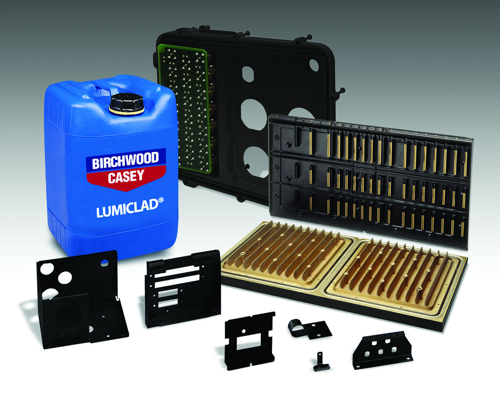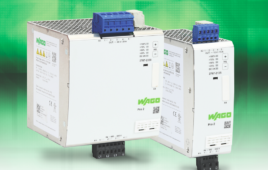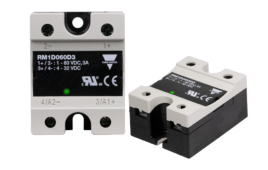Design engineers requiring predictable chassis grounding and a superior black finish for aluminum electrical assemblies and components have a new option with the LUMICLAD® black oxide process.
Electrically conductive and very clean, the LUMICLAD finish adds value to all types of aluminum electrical/electronic components and assemblies. With electronic applications in automotive, communications, computer, military, and aerospace, the black LUMICLAD finish is an attractive and protective black finish that also ensures effective chassis grounding of critical components in assemblies.

The LUMICLAD process forms a non-dimensional black oxide finish on all aluminum surfaces that is very durable, clean and tightly adherent to metal substrate. Unlike black anodizing that is non-conductive, limiting its usefulness in electrical and electronic applications, the LUMICLAD finish has proven its capabilities in critical grounding applications.
The patent pending LUMICLAD process takes just 30 minutes and develops a uniform coating thickness of .000060 inches (1.5 micron) that will not close down hole diameters or change critical part dimensions. The smooth black finish has a slightly porous crystal structure that absorbs an optional topcoat such as a dry-to-touch sealant, light oil, or clear polymer.
Prior to the development of the LUMICLAD process, black anodizing had been the only viable blackening option for manufacturers of aluminum components. While the anodized finish is extremely durable, it is not practical for applications requiring electrical conductivity. In addition, the anodizing is so complex that only those who specialize in it can operate it properly and consistently. Though the protective properties of a black anodized finish are high, they are often higher than the application requires, and they come at significant additional cost.
By contrast, the LUMICLAD process utilizes a conventional immersion tank process line. It is easy and safe to operate so that manufacturers can operate it in-house themselves, thereby eliminating the need for outside processing. For most applications, a seven-tank line and a 30-minute process time does the job on any size component, large or small, and for large quantities of smaller parts
Birchwood Casey
www.birchwoodcasey.com
::Design World::
Filed Under: Materials • advanced, ELECTRONICS • ELECTRICAL





Tell Us What You Think!